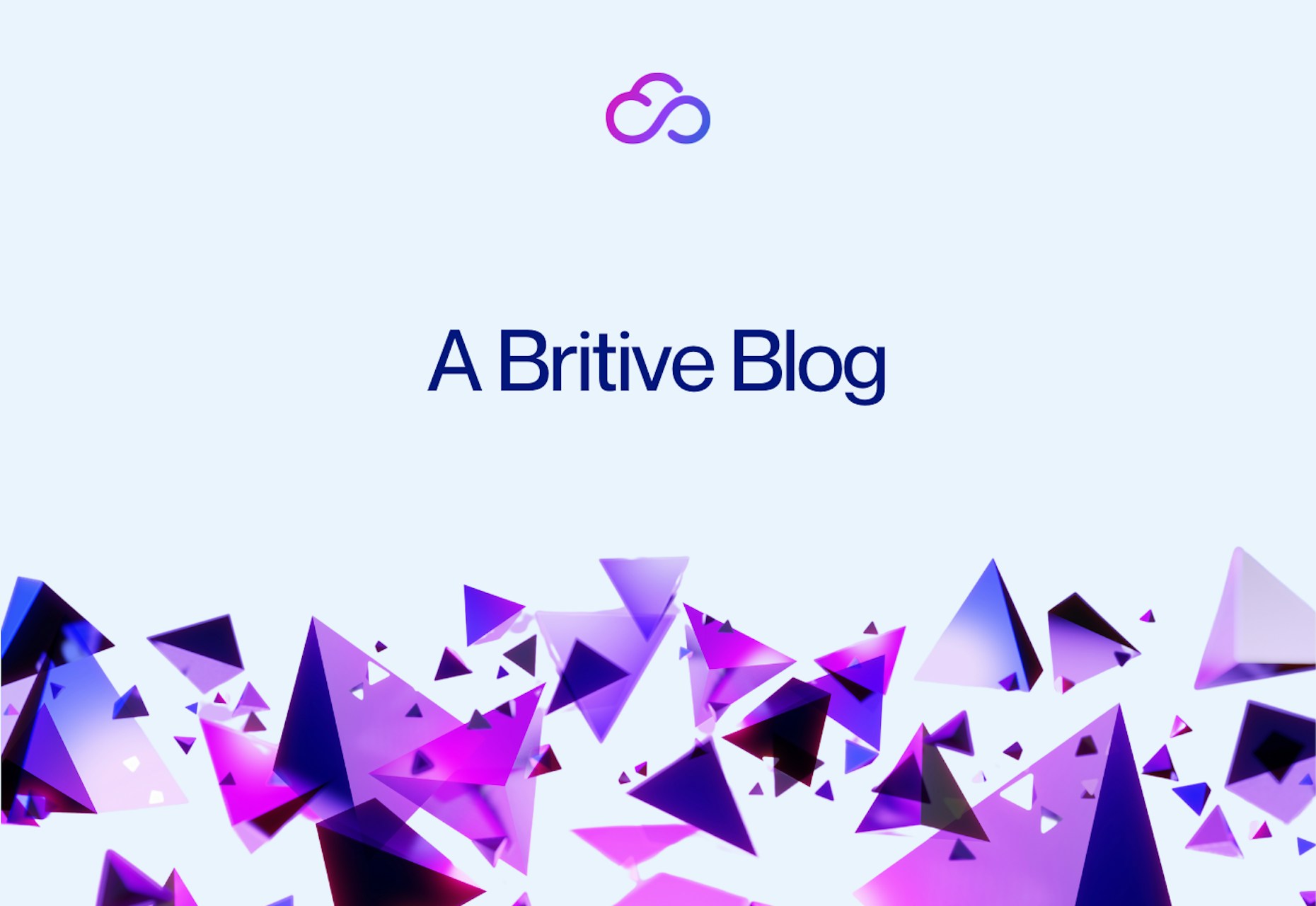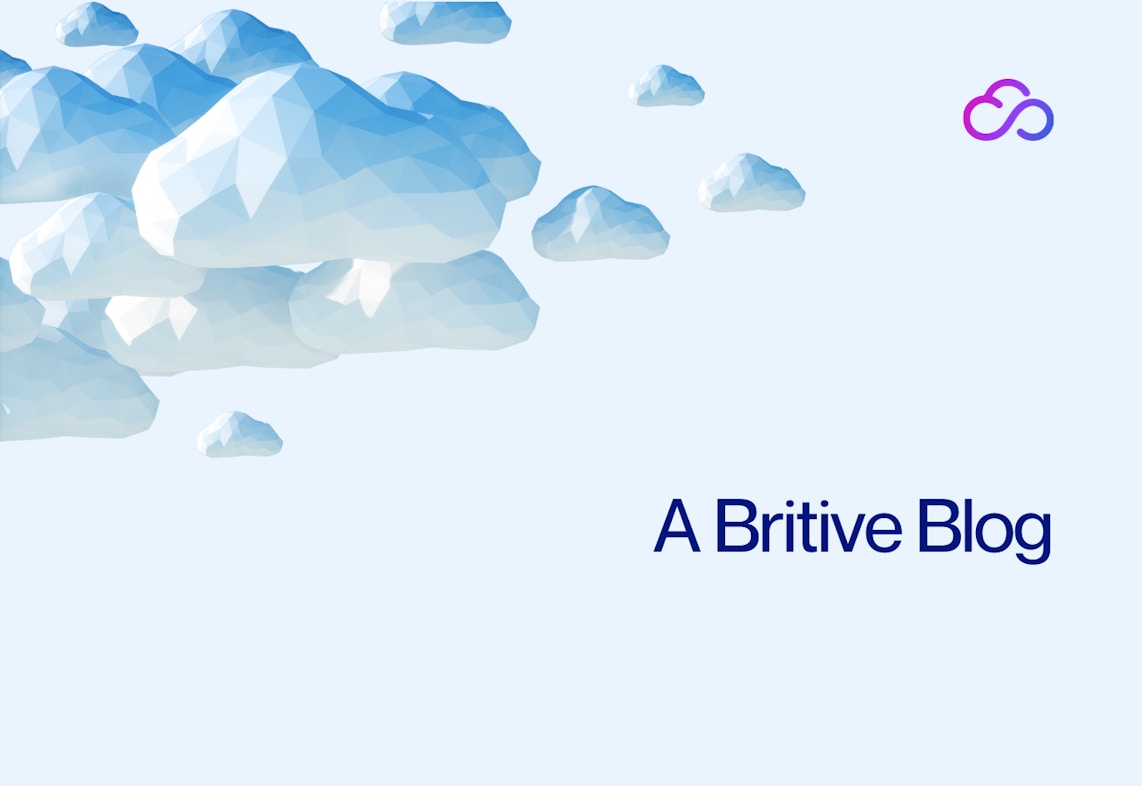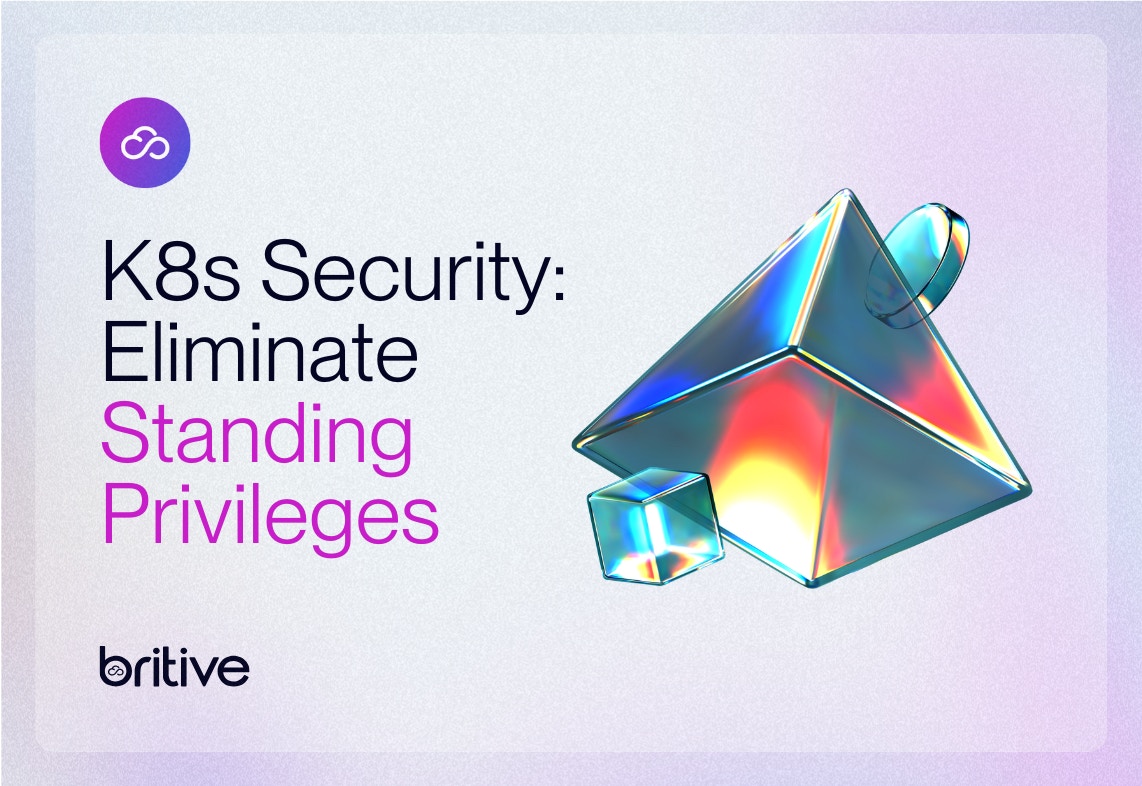
Google Cloud Platform (GCP) security features are robust, with in-house security products that can be used for securing physical infrastructure, networks, endpoints, and data. But relying exclusively on Google’s native security tools leaves organizations vulnerable to numerous privileged access security threats. Running successful DevOps initiatives on GCP requires understanding the risks of relying solely on GCP’s built-in security features as well as the actions required to mitigate them.
Risks Associated with Excessive Standing Privileges
For organizations using GCP for DevOps, a strong security stance plays an essential role in ensuring business continuity, protecting cloud-based assets and critical digital infrastructure from compromise. For this reason, issues involving privileged access are top-of-mind for many working on GCP. In fact, based on research we conducted in the summer of 2022, 45% of those surveyed cited excessive standing privileges as their top cloud risk concern. Struggles adjusting legacy access tools to cloud environments ranked second, with 31% of security professionals citing this issue.
Over-Reliance on Google Cloud Security Creates Risks
Google has a reputation for taking security seriously, and GCP comes with an impressive suite of security features that businesses can use to protect their cloud-based data and systems. But many businesses assume that Google is responsible for protecting their data and applications and will help with recovery efforts if something goes wrong. But that’s not the case. Organizations are solely responsible for their own data and its recovery if the data is lost or corrupted. The maintenance of industry or government-mandated security regulations also rests with the business.
Privileged Access Attack Vulnerabilities in GCP
Privileged access attacks represent a significant security risk for organizations that use GCP alone or as part of a multi-cloud strategy. The consequences of this type of breach can be significant.
Overprovisioned privileges
Users who have standing privileges they do not need to complete their routine work present an elevated security risk, since their credentials are more valuable to external and internal threats. But without the right tools in place, privilege right-sizing is a significant challenge. As cloud services like GCP become indispensable to DevOps, the risks associated with over-provisioned users have grown.
Data loss
Privileged users include system admins, developers, IT security professionals, and others who, due to the nature of their work, require elevated privileges. By default, these users have access to highly sensitive data and resources. If their credentials were to be compromised, hackers could do significant damage, including stealing data related to customers or vendors, or other confidential information.
Poor visibility into who has privileges and how they’re being used
Gaining a comprehensive view of user privileges and how they’re leveraged has always been a challenge. But the rapid expansion of cloud-based services has increased the complexity exponentially. Tasks such as monitoring changes in group membership, the creation and deletion of local user accounts, controlling privilege drift as users change roles, and the revocation of user privileges when an employee leaves the organization are much more difficult to track in a cloud environment.
Legacy PAM tools are ill-equipped to handle multi-cloud environments
Traditional privileged access management (PAM) solutions are ill-equipped to handle the complexity of managing access in modern cloud applications. Especially for GCP users operating in a multi-cloud environment, legacy PAM tools are difficult, if not impossible, to adapt to the modern security challenges that these distributed systems present. That’s especially true for organizations adopting best-practice strategies like just-in-time (JIT) permissioning and zero standing privileges.
Access violations and threats go undetected across complex networks of applications
Poor visibility into cloud networks and applications keeps IT security teams in the dark, making it difficult to quickly identify system access violations and suspicious user behaviors. These dangerous blind spots can amplify the negative effects of a security breach and increase the likelihood that unauthorized access will persist.
Difficulty maintaining compliance with industry and government data security regulation
Maintaining data security is critical, especially when that data is governed by industry or government regulatory requirements. A critical part of compliance is controlling who can access sensitive data and what they can do with it. Organizations without a clear view of each user's level of privileged access, the data sources those privileges grant access to, and how those users choose to access the data face significant compliance challenges.
A Modern Approach to Privileged Access Management
For organizations using GCP for DevOps, a privileged access strategy that simply bundles management credentials into accounts with 24/7 standing privileges is no longer viable. Privileged access has evolved into a series of time-limited, point-in-time events that are controlled and monitored using a modern, comprehensive cloud permissioning platform. Here’s how a modern approach works.
Enhanced visibility into privileged access instances
Modern permissioning platforms provide an in-depth, cross-platform analysis of access changes and policy drift, making it easier for security teams to enforce cloud security best practices. A centralized view across all cloud environments helps identify risky user behavior and accelerates security investigations of identity-based incidents.
Dynamic permissioning
Providing users with round-the-clock access signficantly expands an organization’s attack surface. Just-in-time permissioning provides user privileges for the minimum amount of time required to complete a task. After that time has expired, privileges are automatically revoked. Closely related, a Zero Trust stance assumes that no user has always-on access to resources. Instead, privileges are granted on an as-needed basis. Permissioning designed for the cloud also provides centralized, scalable management of human and machine IDs.
Deprecate standing privileges
Identifying users with excessive permissions and right-sizing those permissions goes a long way in reducing risk. In addition, the automated, dynamic granting of secrets for human and machine processes ensures that sensitive resources such as DevOps platforms and containers remain secure.
Don’t Rely on Native Security Features
GCP’s flexibility and support for multi-cloud platforms have made it a popular choice for powering DevOps initiatives. But relying solely on native security features can create serious vulnerabilities, especially when it comes to managing privileged access in a multi-cloud environment. An all-in-one permissioning platform provides a comprehensive way to manage access and enforce policy across your entire cloud and platform services.
Download “Data-Driven GCP Security Strategies for Multi-Cloud Landscapes” to learn more security strategies GCP users can implement to reduce their attack surface.




